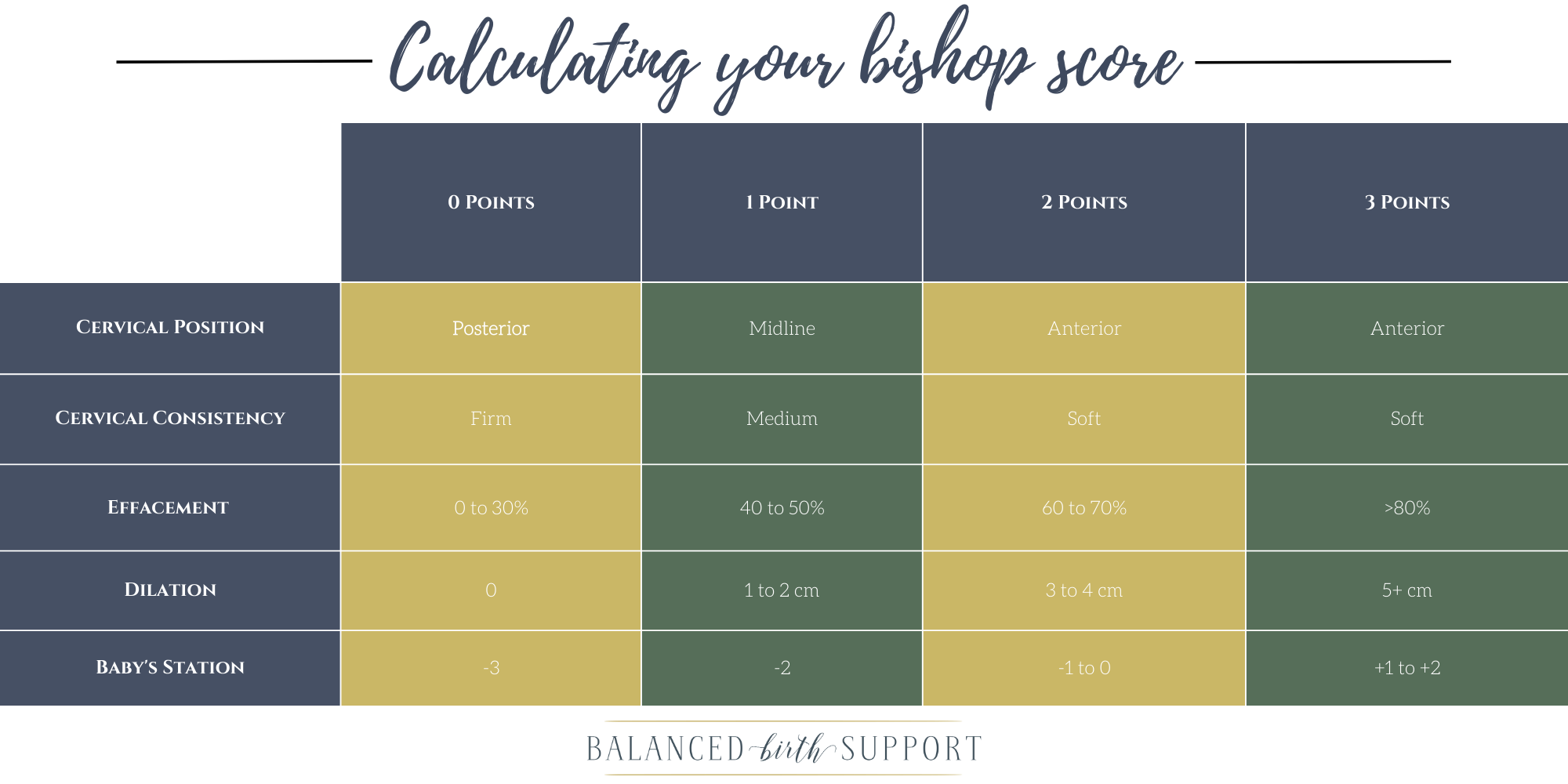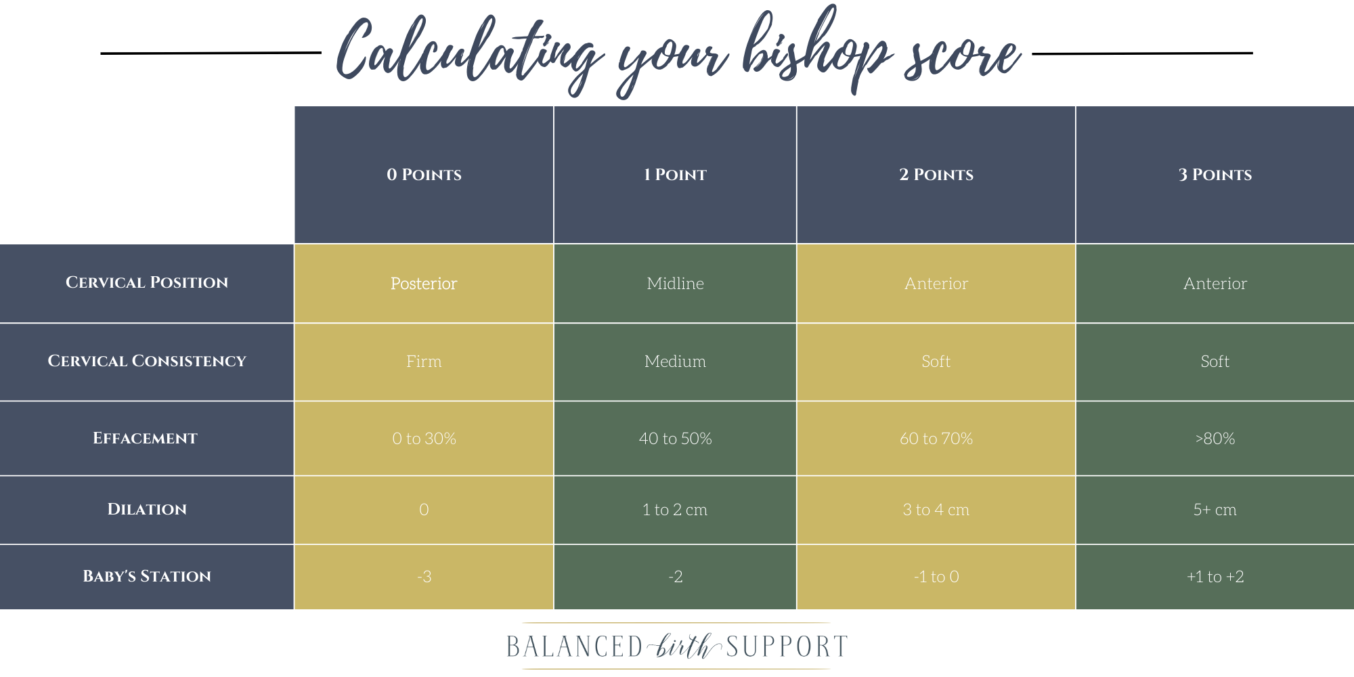
As expectant parents approach their due dates, healthcare providers often assess their readiness for labor. One tool commonly used for this assessment is the Bishop Score. Developed by Dr. Edward Bishop in the 1960s, the Bishop Score helps determine the likelihood of a successful induction of labor or the progress of spontaneous labor.
What is the Bishop Score?
The Bishop Score is a numerical system used to evaluate the cervix in terms of its readiness for labor. It takes into account five different factors to assess the cervical status. These factors are:
Cervical dilation: It measures the opening of the cervix in centimeters. A higher dilation score indicates a more favorable cervix.
Cervical effacement: Effacement refers to the thinning and shortening of the cervix. The score assesses the percentage of effacement, with a higher score indicating more effacement.
Cervical consistency: This factor evaluates the firmness of the cervix. A softer cervix is considered more favorable for labor and receives a higher score.
Cervical position: The position of the cervix is assessed in relation to the baby's head. A more forward and anterior position receives a higher score.
Cervical station: Station measures the level of descent of the baby's head in relation to the pelvis. A lower station score indicates a more engaged baby and a higher score suggests a less engaged baby.
Each of these factors is assigned a score ranging from 0 to 3, with 0 indicating unfavorable conditions and 3 indicating favorable conditions. The scores are then added together to determine the overall Bishop Score.
Interpreting the Bishop Score
The total Bishop Score ranges from 0 to 13, with higher scores indicating a more favorable cervix for labor. The score helps healthcare providers assess the likelihood of successful induction or the progress of spontaneous labor.
Typically, a Bishop Score of 8 or higher is considered favorable for labor induction, indicating a higher chance of a successful induction with minimal interventions. However, it's important to note that the Bishop Score is just one factor in determining the course of labor, and other individual considerations, such as the parent's health and the baby's well-being, are also taken into account.
Clinical Applications of the Bishop Score
The Bishop Score is used in various clinical scenarios, including:
Labor induction: When labor needs to be induced due to medical reasons or post-term pregnancy, the Bishop Score helps healthcare providers determine the most appropriate method and likelihood of success.
Augmentation of labor: In cases where labor has already begun but is progressing slowly, the Bishop Score can guide decisions on whether to intervene or allow more time for progress.
Vaginal birth after cesarean (VBAC): For people attempting a vaginal birth after a previous cesarean section, the Bishop Score can help determine the readiness of the cervix for a successful vaginal delivery.
Antenatal counseling: The Bishop Score may be used to provide information to expectant parents about the likelihood of spontaneous labor initiation based on their cervical status.
By considering factors such as cervical dilation, effacement, consistency, position, and station, the score provides insight into the likelihood of successful labor induction or spontaneous labor progression. It is important to remember that the Bishop Score is just one part of the comprehensive evaluation of the mother and baby's well-being during pregnancy and childbirth.


